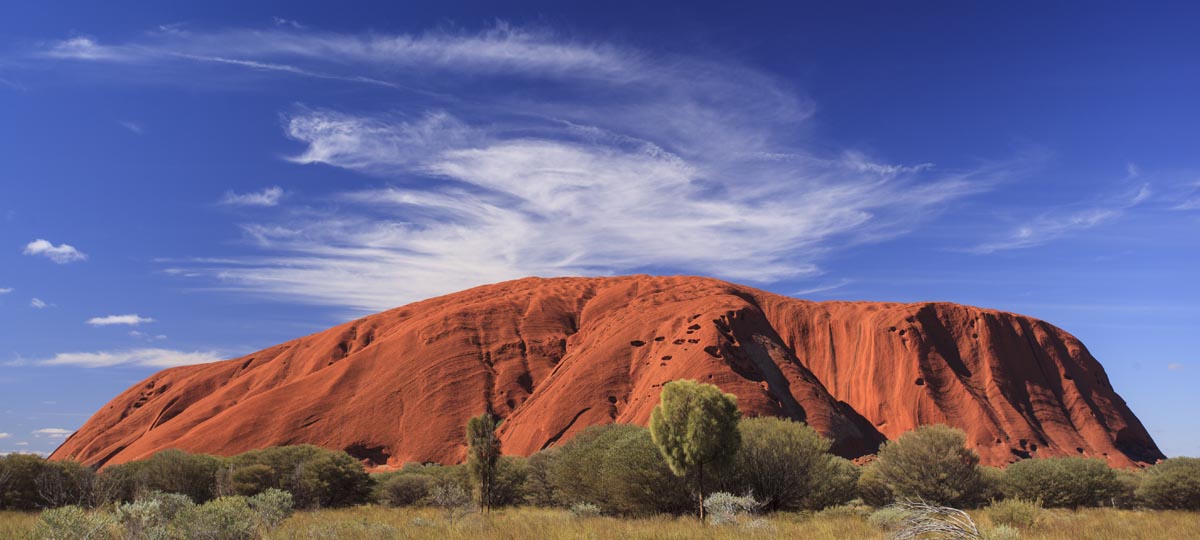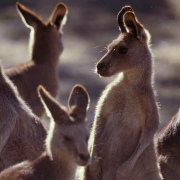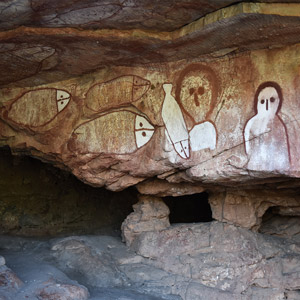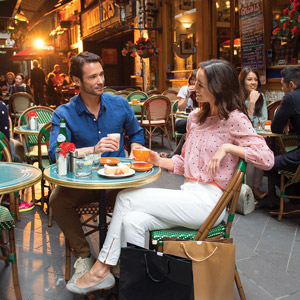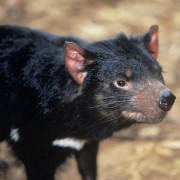Highlights of Australia

Kangaroo Island
Meet the locals on pristine Kangaroo Island –wallabies, goannas, koalas, kangaroos, echidnas, dolphins, sea lions, penguins, fur seals, eagles, whales and ospreys.This microcosm of contrasting landscapes and environments offers desert dunes, stunning beaches, forests, and farmlands. On the west coast of Kangaroo Island, where the raging Southern Ocean smashes against impassive rocks, teams of ecologists monitor rare species of seals. In the east, people relax with a quiet drink and meal after a day of water sports, then duck out in time to see little penguins make their nightly pilgrimage to the shore.

Kimberley
One of the world’s most pristine and remote wilderness areas spread over Australia's entire north-western corner, The Kimberley is one of the world's last wilderness frontiers, where spectacular gorges, rugged ranges, cascading waterfalls and endless beaches define the landscape.
Here you'll find prolific wildlife, majestic canyons, freshwater swimming holes and several outback stations waiting to be explored. Despite the area's remoteness, it's also a place of great food, luxury accommodation, friendly locals and one of the most romantic beach towns on Earth.
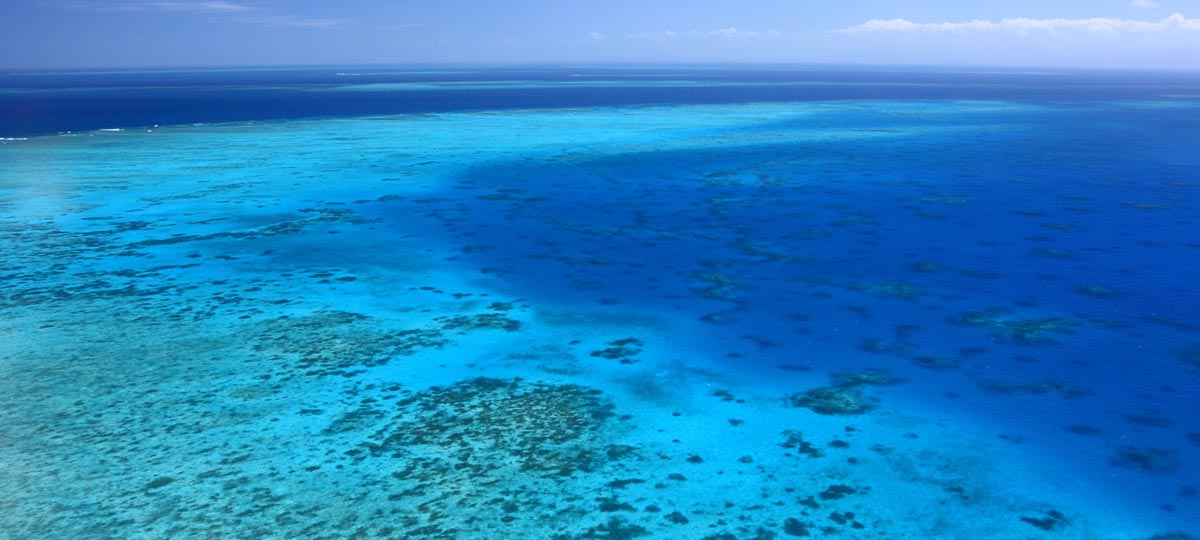
The Great Barrier Reef
The Great Barrier Reef is the world's most extensive coral reef system and is home to a myriad of sea creatures just below the surface of the warm, crystal clear tropical waters. Stretching for 2,600 kilometres (1,600 miles) over an area of approximately 344,400 square kilometres (133,000 square miles) the reef can be seen from outer space and harbours underwater gems - colourful coral, turtles and brightly coloured fish, surrounding numerous exotic islands.
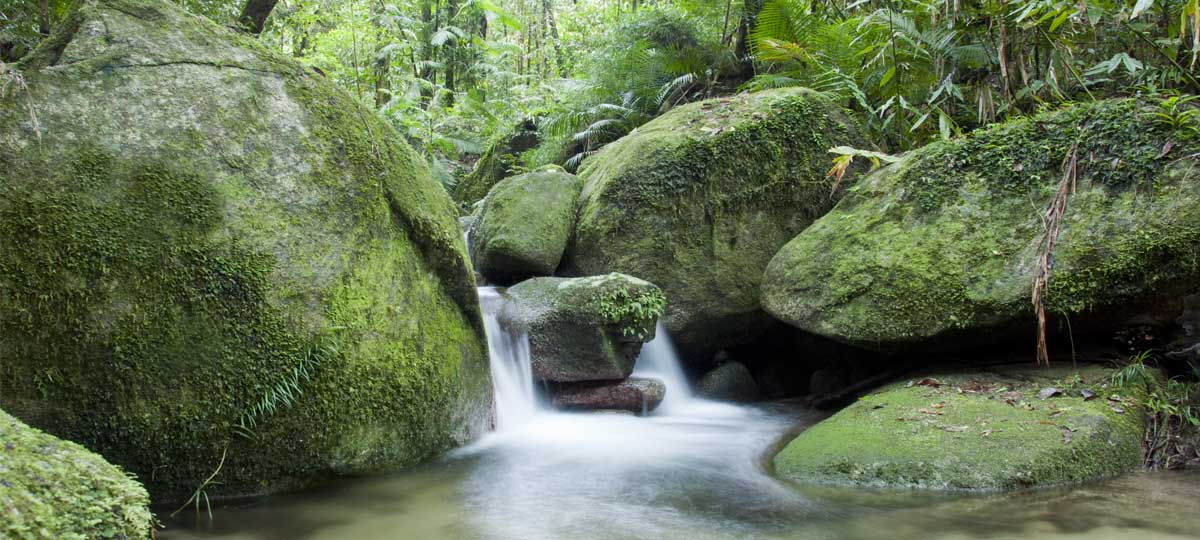
The Daintree Rainforest
The wet tropics of the Daintree Rainforest offer magnificent scenery, deep gorges, waterfalls and a vast collection of flora and fauna. An abundance of wildlife flourishes in and around the Daintree River. The World Heritage Listed Daintree Rainforest is over 135 million years old –the oldest in the world. Approximately 430 species of birds live among the trees, including 13 species that are found nowhere else in the world. There are hiking trails, scenic lookouts, picnic locations and swimming holes to be explored. In addition, visitors to the area can stay in eco-friendly accommodation and eat at cafes and restaurants that specialise in local delicacies.
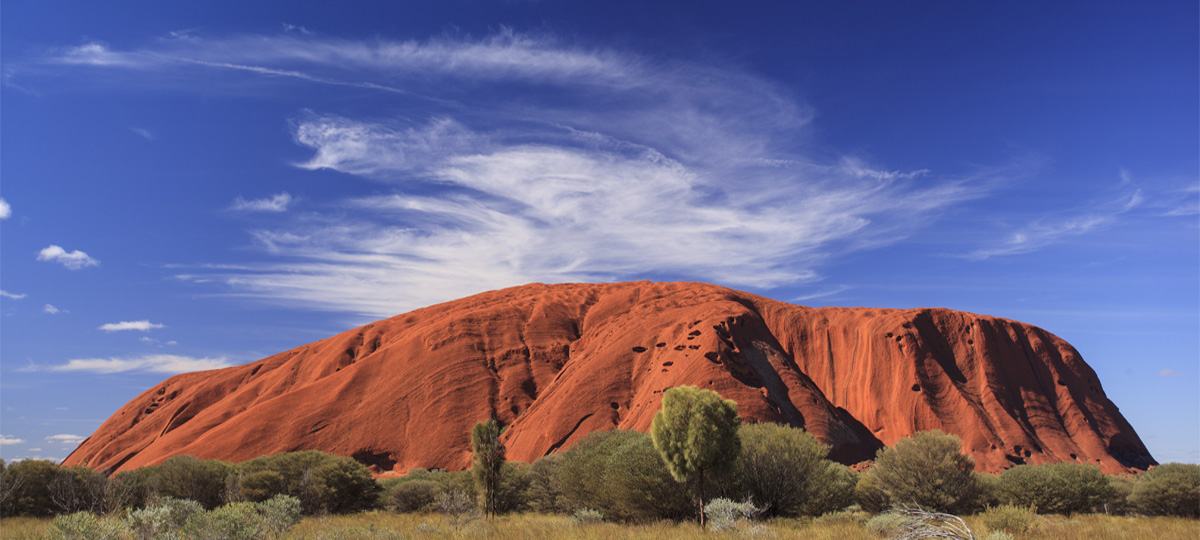
The Red Centre
Australia's 'Red Centre' is home to the world's largest monolith, Uluru (Ayers Rock) and the 36 mysterious domes of Kata Tjuta (The Olgas). Desert dunes, rugged landforms and Aboriginal culture provide an authentic Australian experience. Heat, intense light, infinite space and the all-pervading colour of red assault the senses as visitors arrive at Uluru. Symbolic rock paintings in yellow, brown, red and white ochre can be seen under overhanging rock eaves. Far away from city lights, the seemingly endless crystal clear stars are breathtaking.

Kakadu National Park
There's wild romanticism about Kakadu's terrain, a 50,000-year-old living canvas upon which the region's rich history is painted in all the tones of the Aboriginal Dreamtime. This is a land infused with spiritual richness and history that can only be understood by visiting the area. Kakadu contains one of the greatest concentrations of rock-art sites in the world and the flora is among the richest in northern Australia, with more than 17,000 plant species making up a mosaic of vegetation. This diversity is part of what makes the area so alluring. The proliferation of wildlife is beyond what any can imagine –280 bird species, approximately 60 mammals and 117 reptiles, among them eleven types of turtle and tortoise. Yet it is the crocodile that is perhaps of the most interest to visitors.

The Flinders Ranges
The Flinders Ranges give the feel of an immense outdoor geological museum, one that is located in a spectacular landscape of desert mountain ranges and bounded by huge, dried-out salt lakes. The ranges take on a dazzling array of colours as the sun shifts overhead. From deep haunting purples at sunrise and sunset, blazing into vivid reds and orange hues at the height of the day, this landscape is a photographer's delight. The 400-year-old red gums boast some of the deepest root systems known to man. Even the nearby great salt lakes have a story to tell. Earthquakes are still frequent in the region, the result being a terrain that continues to yield an increasing bounty of fossils and a landscape that captures the imagination.
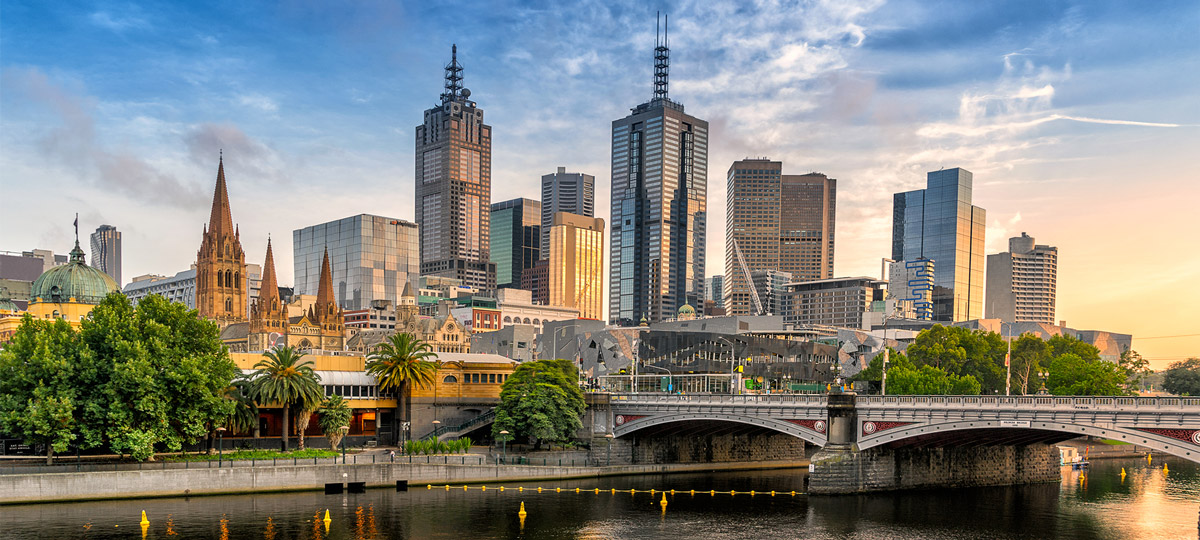
Melbourne
Equal parts dynamic, cosmopolitan, sporty, and artistic, Melbourne simultaneously exudes style and keeps its best spots hidden, inviting discovery by food and culture lovers. Considered Australia’s capital of culture, the city is known for its atmospheric arcades and alleyways, colourful and poignant street art, and monumental landmark buildings, as well as a smorgasbord of gastronomic delights. From celebrated fine dining and award-winning vineyards to authentic street food and hearty fare from all around the world, it truly is an epicurean paradise.

Sydney
The iconic harbour city Sydney never fails to enthral. Sydney's city centre offers visitors a huge variety of attractions, including designer boutiques, fine restaurants, hip bars and lavish department stores. If you lose your way through the historic lanes, just look for one of Australia's tallest structures, the Sydney Tower, with its 360-degree views stretching as far as the Blue Mountains on a clear day. The city fans out from the focal point of Circular Quay and is within walking distance of the Sydney's star attractions –the Harbour Bridge, and the Sydney Opera House, hailed as a 20th century architectural masterpiece.

Tasmania
Wild, mountainous landscapes and colonial architecture provide a diverse encounter with Tasmania, a once forgotten island. Delicious gourmet produce and a rich colonial history ensure Tasmania is a must see destination. Forty per cent of Tasmania is protected as national parks and reserves –and the island boasts excellent hiking trails, wild surfing opportunities and mountains to climb.
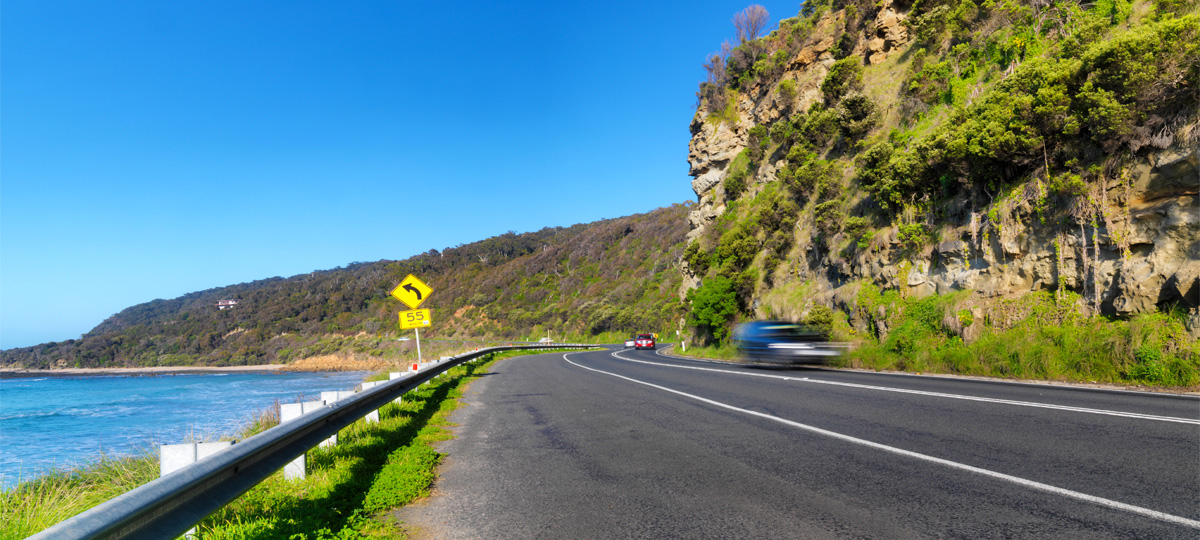
The Great Ocean Road
The Great Ocean Road is an unforgettable icon of regional Victoria, featuring rock islands as high as 45 metres in close proximity to the coast. From breathtaking natural wonders such as the pillars of the Twelve Apostles to superb restaurants, accommodation and family attractions galore, the Great Ocean Road offers an extensive range of activities. Views along the coast are breathtaking with huge cliffs, raging surf, tranquil bays, lush rainforests and fascinating wildlife.
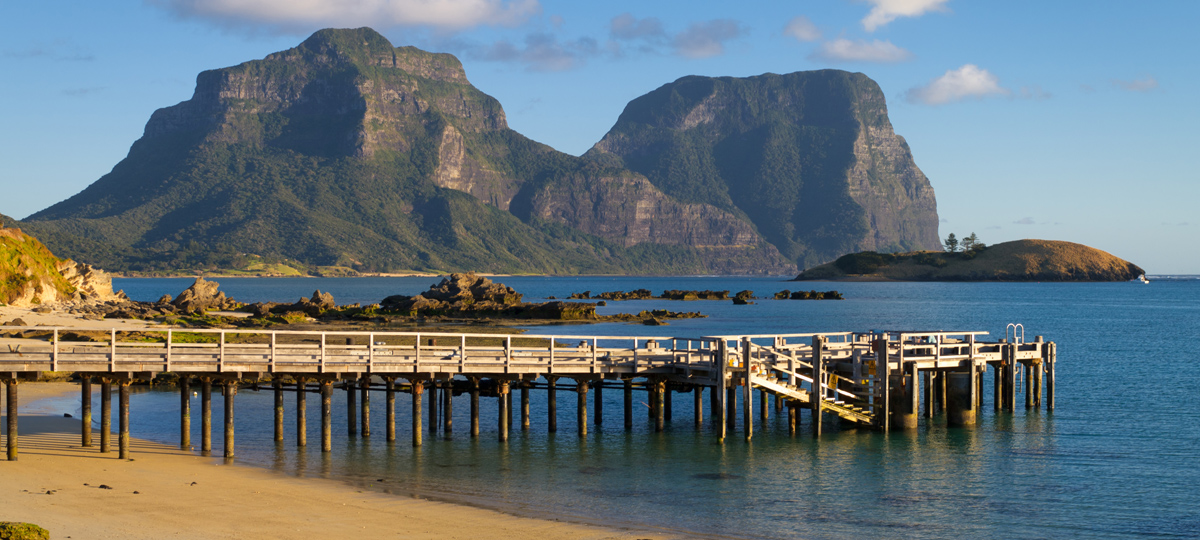
Lord Howe Island
Lord Howe Island is music for the soul, a place to revitalise and de-stress. At any given time, you are one of only 400 visitors on Lord Howe, an island of unspoilt beauty where life is relaxed and unhurried. With bicycles the best way to get around and no mobile phone reception, there's plenty of time to relax and attune yourself to the idyllic surroundings. World Heritage listed for its remarkable geology and its rare collection of birds, plants and marine life, Lord Howe is surrounded by the world's southernmost coral reef. Crystal clear waters teem with marine life and rare coral is protected as part of the Lord Howe Island Marine Park.


